“7.8% of issued U.S. utility ‘software-related’ patents were ‘AI-related.’”
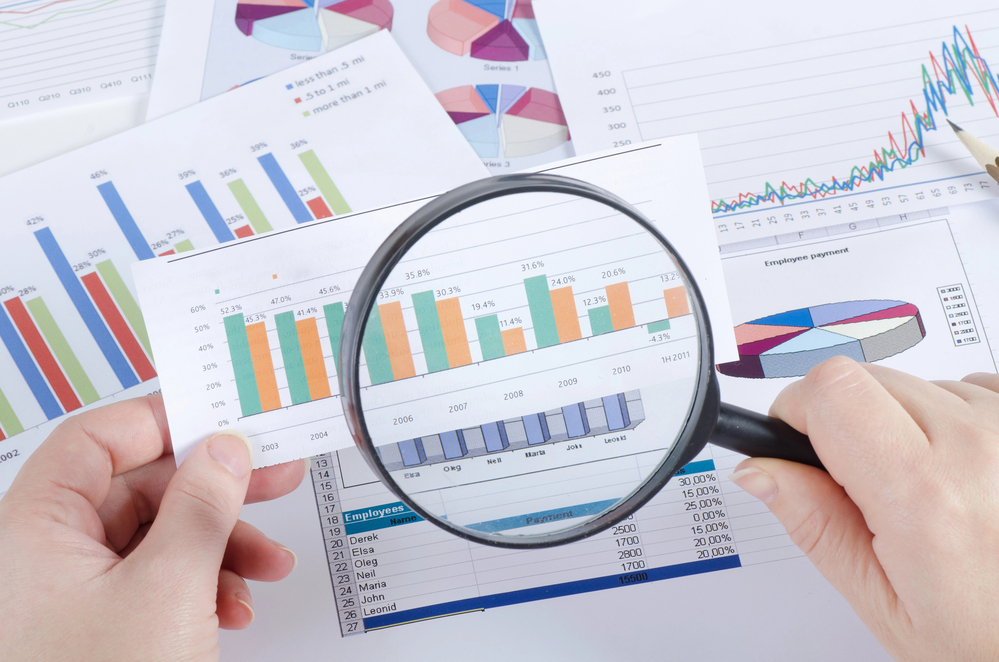 As an update to my previous posts from 2017, 2019, 2020, March 2021, August 2021, 2022 and 2023, it has now been almost a decade since the U.S. Supreme Court’s 2014 Alice Corp. v. CLS Bank decision. Yet the debate still rages over when a software (or computer-implemented) claim is patentable versus being simply an abstract idea “free to all men and reserved exclusively to none” (as eloquently phrased 76 years ago by then-Supreme Court Justice Douglas in Funk Bros. Seed Co. v. Kalo Inoculant Co.).
As an update to my previous posts from 2017, 2019, 2020, March 2021, August 2021, 2022 and 2023, it has now been almost a decade since the U.S. Supreme Court’s 2014 Alice Corp. v. CLS Bank decision. Yet the debate still rages over when a software (or computer-implemented) claim is patentable versus being simply an abstract idea “free to all men and reserved exclusively to none” (as eloquently phrased 76 years ago by then-Supreme Court Justice Douglas in Funk Bros. Seed Co. v. Kalo Inoculant Co.).
Further, it has been 13 years since famed venture capitalist Marc Andreessen wrote the influential and often-quoted op-ed piece in the Wall Street Journal titled “Why Software Is Eating the World.” Today, the digital transformation where software is “eating the world” is undeniable. Any basic research on the top technology trends for 2024 will produce results centered around Artificial Intelligence (AI), quantum computing, cybersecurity and Information Technology (IT) [Technology Magazine] [Washington Post] [Gartner] – basically, software! No wonder that according to U.S. News and World Report, four of the top 10 best jobs based on wage potential and demand in 2024 were software developers, IT managers, information security analysts, and data scientists.
Some other relevant observations:
- Software developer is the number one best technology job of 2024, where the median salary is US$127,260, and the U.S. Bureau of Labor Statistics expects 25.7% growth in the profession over the next 10 years [S. News & World Report].
- In the 2021-22 U.S. academic year, 34,758 Associate’s degrees, 108,503 Bachelor’s degrees, 51,388 Master’s degrees and 2,790 PhDs were awarded in computer and information sciences [National Center of Educational Statistics].
- In 2023, global M&A activity in the Software and Internet Services space reached US$370 billion, representing over 5,603 deals [IMAA].
- Gartner estimates that total global IT spending will reach US$4.9 trillion in 2024, an overall increase of 6.8% from 2023, with the software and IT services segments projected to grow 12.7% and 8.7% in 2024, respectively, but the devices segment is forecasted to increase only 4.6% [Gartner].
So, given the above, we again sought to determine what percentage of issued patents by the U.S. Patent and Trademark Office (USPTO), the European Patent Office (EPO) and the China National IP Administration (CNIPA) are “software-related”?
To define what patents are “software-related,” we utilized the same methodology employed by the United States Government Accountability Office in a 2013 report to Congress. That report relied on certain United States Patent Classification (USPC) classes and subclasses of applications most likely to include software-related claims as selected by expert advisors to the USPTO. Now, with the assistance of IP services firm Clairvolex (and after converting from the USPC system to the Cooperative Patent Classification (CPC) system), data was pulled from the PatSeer Global Patent Database.
New this year, we also attempted to capture the percentage of software-related patents granted by the USPTO, EPO and CNIPA focused on AI and similar concepts such as Machine Learning, Neural Networks, Fuzzy Logic, Supervised Learning, Unsupervised Learning, and the like, in the Title, Abstract, Claims, and the Summary of Invention fields of the patents. The results?
In 2023:
- 62.7% of issued U.S. utility patents were “software-related” (a slight decrease from the 63.5% in 2022)
- 7.8% of issued U.S. utility “software-related” patents were “AI-related”
- 50.1% of granted EPO patents were “software-related” (a slight increase from the 49.6% in 2022)
- 2.9% of granted EPO “software-related” patents were “AI-related”
- 42.4% of granted Chinese patents were “software-related” (down from 43.5% in 2022)
- 7.4% of granted Chinese “software-related” patents were “AI-related”
- The top 15 software-related granted U.S. utility patent assignees were:
Despite the significance of the above numbers, the entirety of the patent bar can agree that the Alice decision, along with the U.S. Court of Appeals for the Federal Circuit’s 2008 en banc decision in In re Bilski (concluding that the “machine or transformation” test is the governing test for determining patent eligibility of a process under Section 101 of the Patent Act) and a slew of cases since then, have left things unclear. Is the following guidance from Chapter 2100 of the Manual of Patent Examining Procedure (MPEP) (9th ed., Feb. 2023) the best we can do?
Legislative help is still not on the way. In August of 2022, U.S. Senator Thom Tillis (R-NC) released draft legislation titled the Patent Eligibility Restoration Act of 2022 to address the Section 101 problem. The bill went nowhere during the 117th Congress. More recently, Senator Tillis reintroduced the same bill, now co-sponsored by Senator Chris Coons (D-DE) in June of 2023, and retitled the Patent Eligibility Restoration Act of 2023 [S.2140]. In the accompanying press release, they summarily and correctly stated:
“Unfortunately, our current Supreme Court’s patent eligibility jurisprudence is undermining American innovation and allowing foreign adversaries like China to overtake us in key technology innovations. … Unfortunately, due to a series of Supreme Court decisions, patent eligibility law in the United States has become confused, constricted and unclear in recent years. … As of 2021, all 12 judges of the United States Court of Appeals for the Federal Circuit have lamented the state of the law. … [R]eforms are necessary to restore the United States to a position of global strength and leadership in key areas of technology and innovation, such as medical diagnostics, biotechnology, personalized medicine, artificial intelligence, 5G and blockchain.”
Given this is an election year and partisan squabbles abound, the 118th Congress is unlikely to act. Maybe the 119th Congress will act come January 2025? We’ll keep our patent-drafting fingers crossed!

![[IPWatchdog Logo]](https://ipwatchdog.com/wp-content/themes/IPWatchdog%20-%202023/assets/images/temp/logo-small@2x.png)

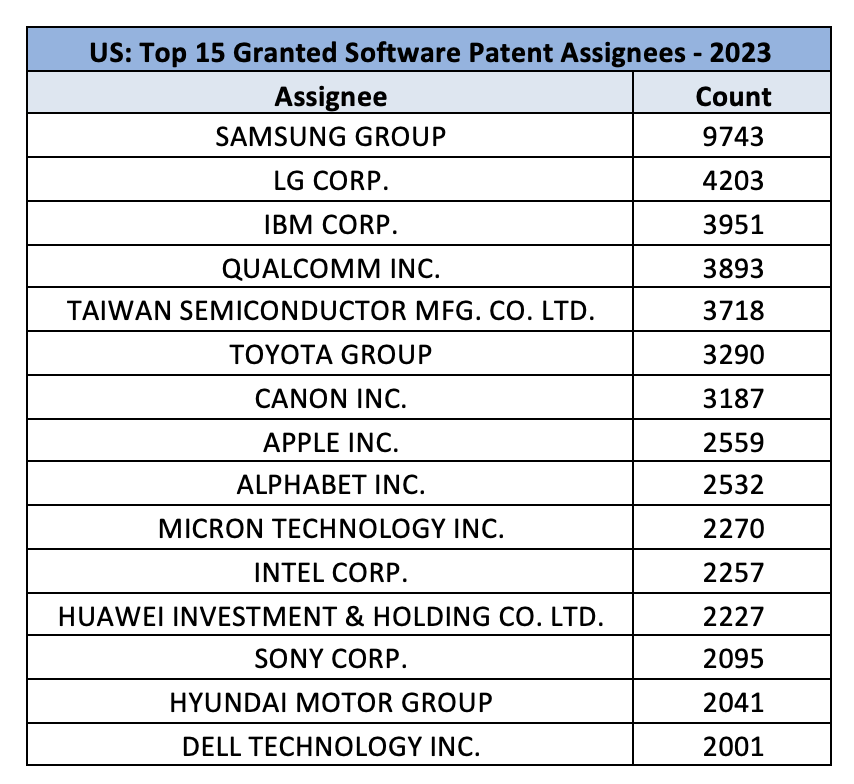
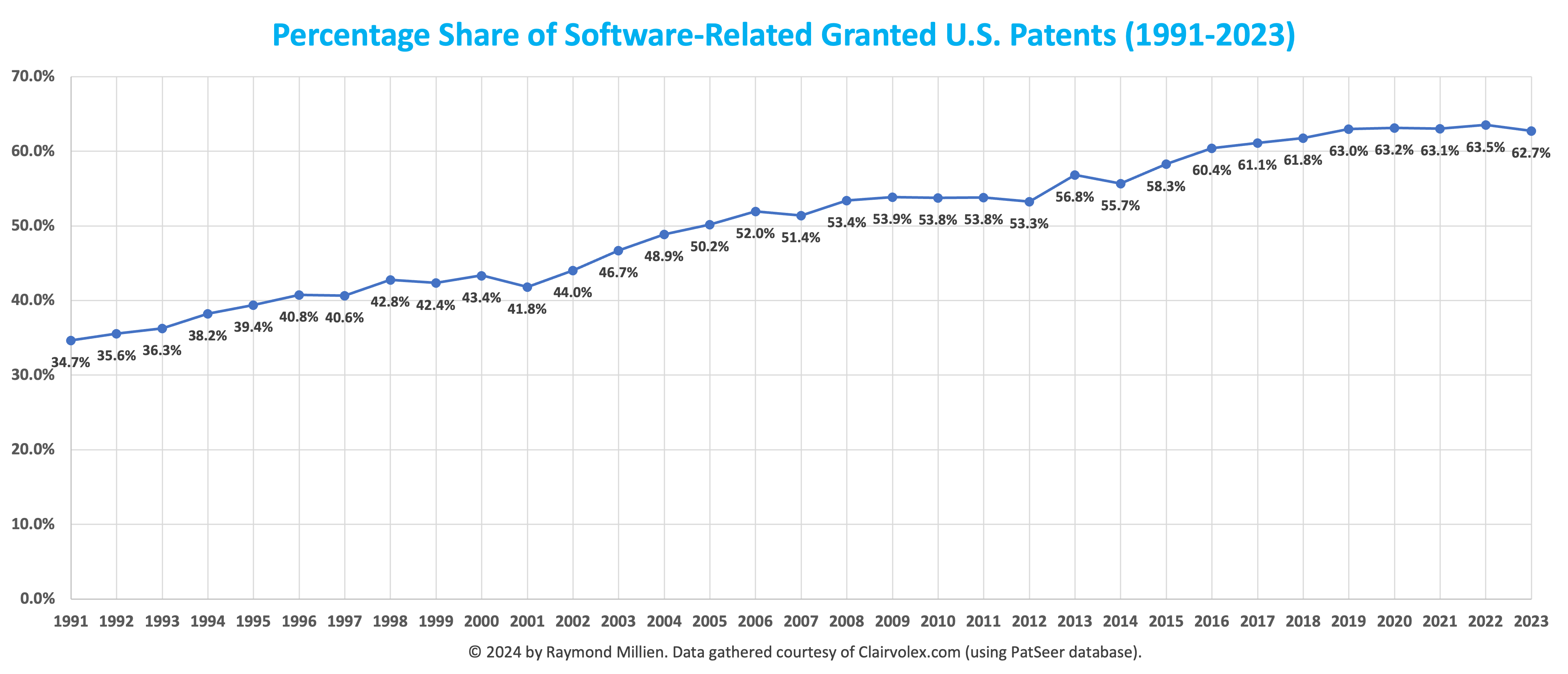
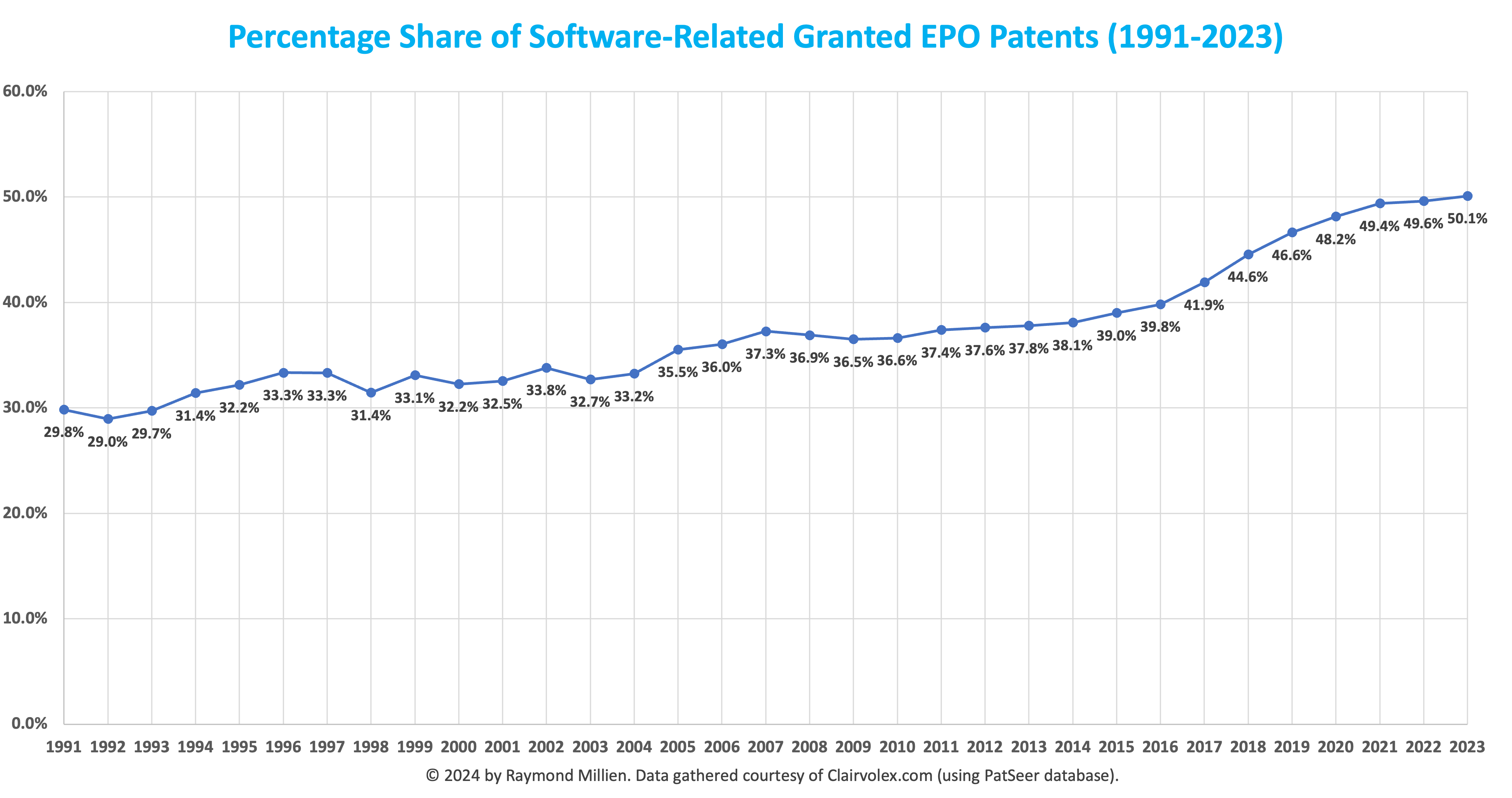
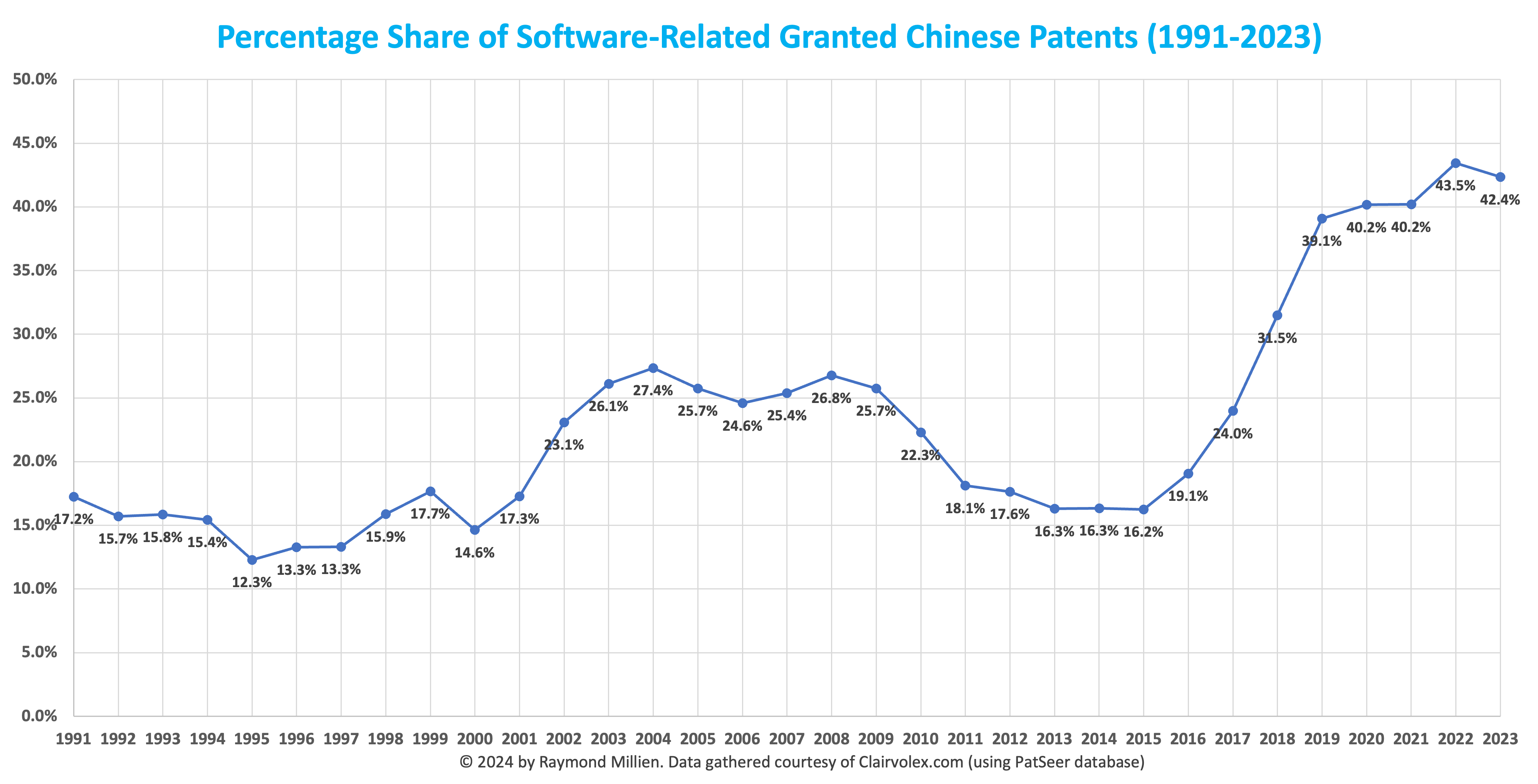
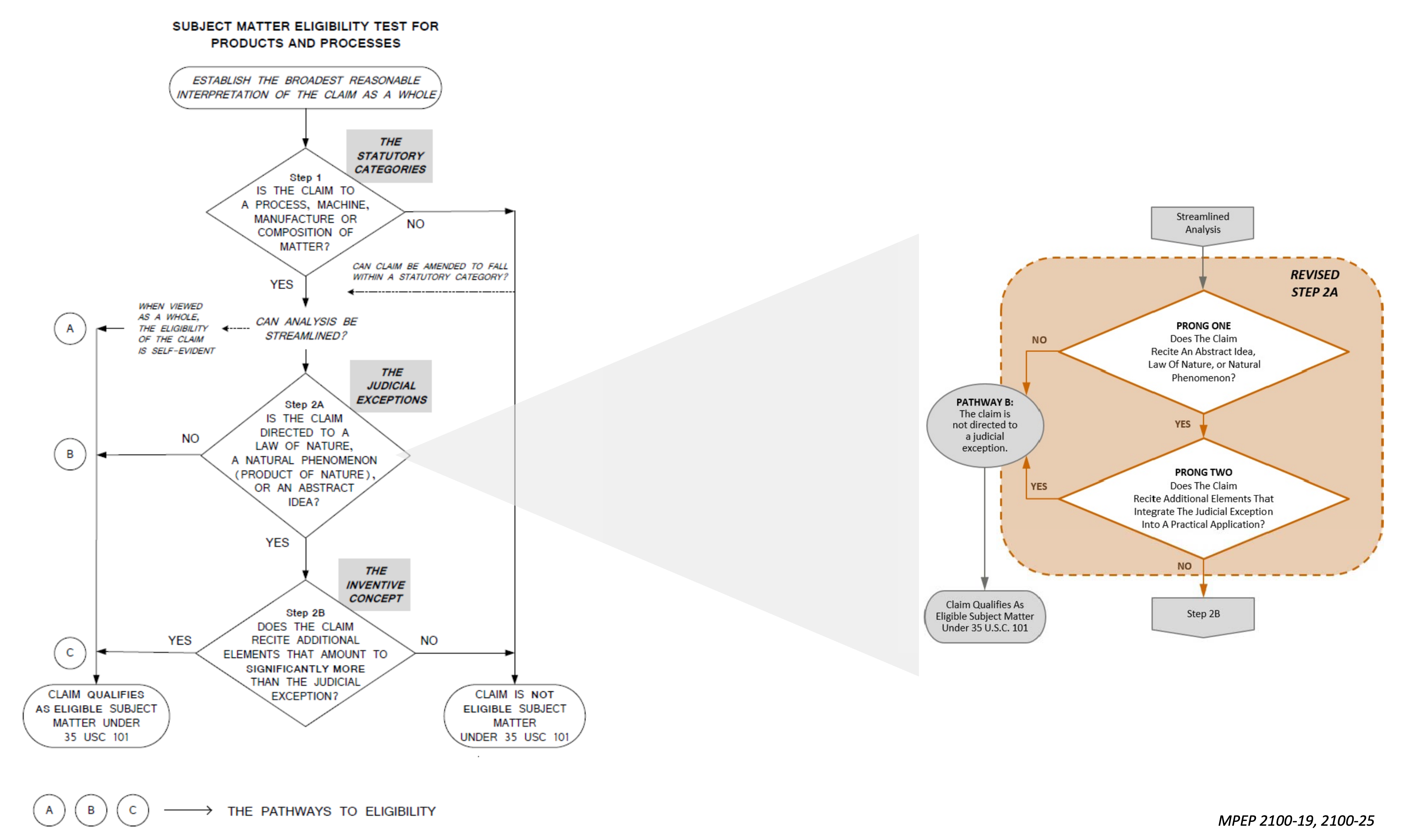
![[Advertisement]](https://ipwatchdog.com/wp-content/uploads/2024/04/UnitedLex-May-2-2024-sidebar-700x500-1.jpg)
![[Advertisement]](https://ipwatchdog.com/wp-content/uploads/2024/04/Artificial-Intelligence-2024-REPLAY-sidebar-700x500-corrected.jpg)
![[Advertisement]](https://ipwatchdog.com/wp-content/uploads/2024/04/Patent-Litigation-Masters-2024-sidebar-700x500-1.jpg)

![[Advertisement]](https://ipwatchdog.com/wp-content/uploads/2021/12/WEBINAR-336-x-280-px.png)
![[Advertisement]](https://ipwatchdog.com/wp-content/uploads/2021/12/2021-Patent-Practice-on-Demand-recorded-Feb-2021-336-x-280.jpg)
![[Advertisement]](https://ipwatchdog.com/wp-content/uploads/2021/12/Ad-4-The-Invent-Patent-System™.png)






Join the Discussion
3 comments so far. Add my comment.
Anon
March 1, 2024 09:20 amMiss Burke – what are raw numbers (rather than percentages) telling us?
I would posit that percentage of total is a somewhat poor evaluative mechanism, as it blurs any actual indicator of total quantity (and the changes in that quantity).
I would have preferred to normalize by a baseline year number instead.
Julie Burke
February 29, 2024 05:36 pmAnother takeaway: following the 2014 Alice decision, Chinese software-related utility patents have more than doubled from 16.2% to 42.4% while US software related utility patents have only slightly increased from 58.3% to 62.7%.
Pierce Mooney
February 29, 2024 03:31 pmInsightful article as always! Thanks for the data points and perspective.
Add Comment